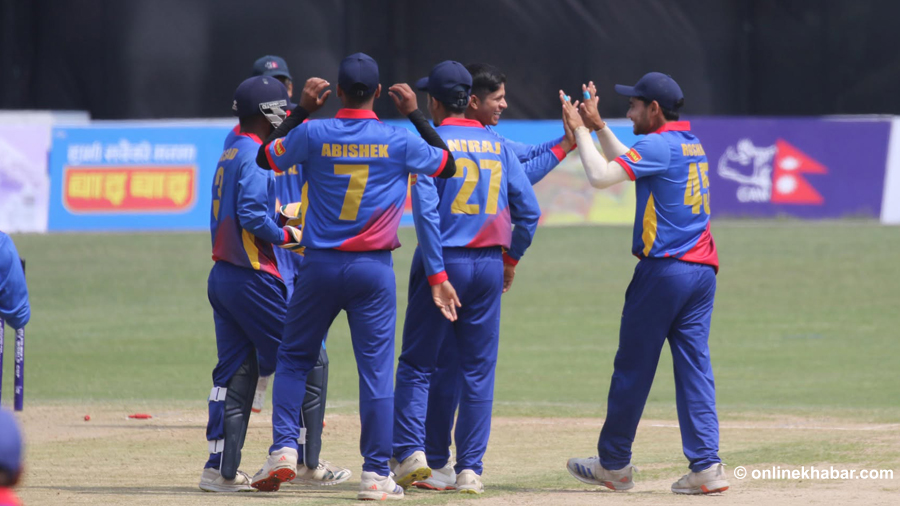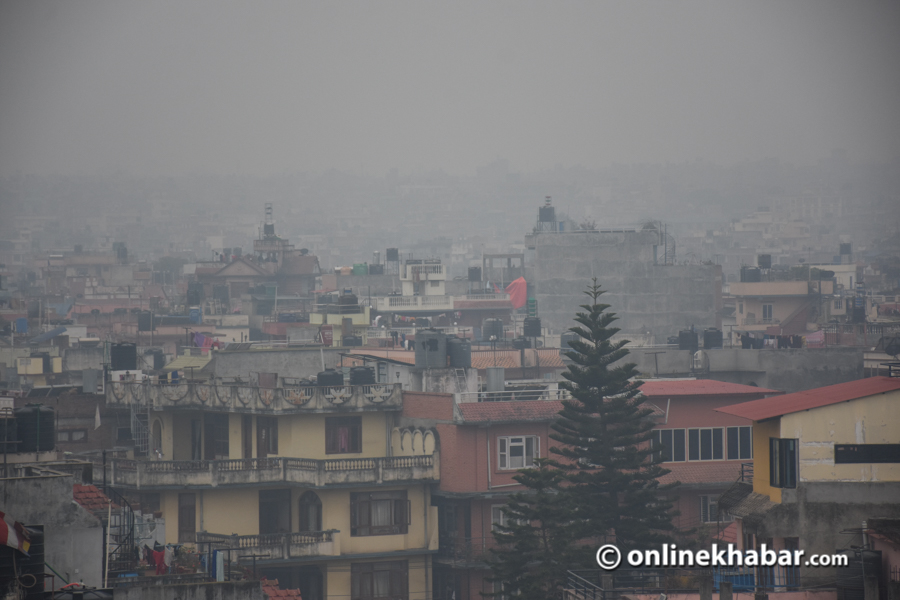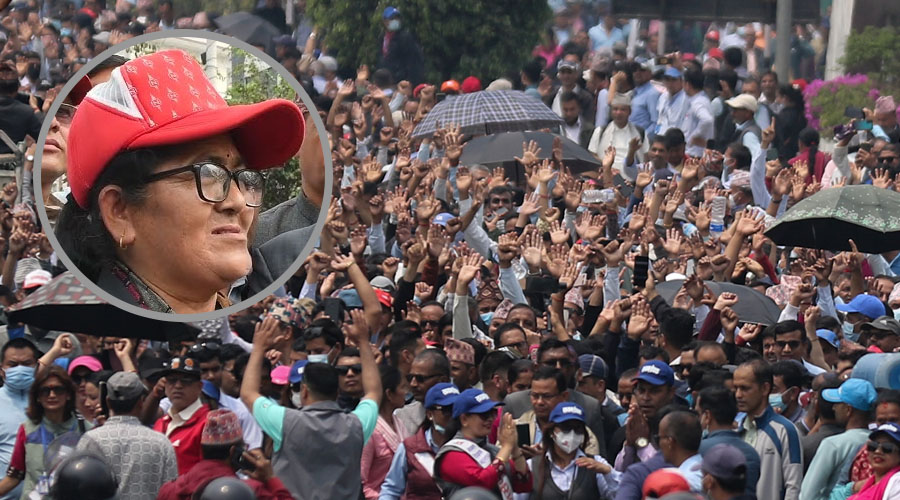
In the ongoing monsoon, it is raining every day. While it’s heavily raining outside, the temperature inside the room should be cool, but in this ongoing situation, it is not as expected. Although it is raining outside, the temperature inside the room is so hot that people are compelled to use either AC or a fan.
The reason for the heat even during the monsoon season is that the maximum temperature in most parts of the country is above average.
“In the ongoing monsoon season, most days are hotter than average,” says Indira Kandel, Senior Meteorologist of the Hydrology and Meteorology Department.
According to meteorologists, during the night, the temperature in Nepal usually drops, resulting in a decrease in the minimum temperature. However, for the past few days, the temperature has been higher than average.
Temperature of different places
According to the Hydrology and Meteorology Department, in most weather stations on most monsoon days, the maximum and minimum temperatures are above average.
For instance, in the three decades from 1991 to 2020, the average maximum temperature of Kathmandu was 28.7 degrees Celsius, and the average minimum temperature was 20.3 degrees Celsius. However, this year on July 31, the maximum temperature of Kathmandu during the day was 33 degrees Celsius, and the minimum temperature was 23 degrees Celsius.
In July, the average maximum temperature in Rupandehi was 33.5 degrees Celsius. On July 29, the maximum temperature of Bhairahawa was 40 degrees Celsius, and the minimum temperature was 30 degrees Celsius.
The average maximum temperature of Janakpur in July was 32.9 degrees Celsius, and the minimum was 26.5 degrees Celsius. But on July 31, the maximum temperature of Janakpur was 38 degrees Celsius, and the minimum temperature was 30 degrees Celsius. In places like Dhangadhi, Nepalgunj, Ghorahi, Biratnagar, and Dharan, the maximum temperature during the ongoing monsoon is above average.
Rising rainfall
In Nepal, 910.6 mm or 61.5 per cent of rainfall has already occurred from the day the monsoon entered (June 10) to July 31. During the monsoon period, the average rainfall used to be about 1,480 mm. According to Bibhuti Pokharel, the spokesperson of the Department of Hydrology and Meteorology, “Though the earliest date for the onset of the monsoon is October 2, if we consider the period of the monsoon from June, July, and September, 61.5 per cent of the rain has already occurred.”
This data shows that in just two months of the monsoon, the rainfall has been above average.
According to the DHM, places like Bhairahawa, Dadeldhura, Dharan, Dang, Jomsom, Kathmandu, Dipayal, Okhaldhunga, Dhangadhi, Pokhara, Biratnagar, and Taplejung have received above-average rainfall.
The DHM has announced that both rainfall and temperature will be higher than normal during this year’s monsoon period. Looking at the situation so far, the department’s projection has come true.
The rising temperature due to climate change has been a matter of global concern. The report by DHM states that in Nepal, the temperature is increasing at the rate of 0.056 degrees Celsius annually.
The year 2024 has been hotter than 2023. July 21, 2024, is considered the hottest day in history. According to scientists, August might set a new temperature record.


























